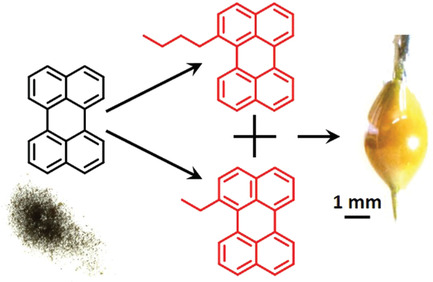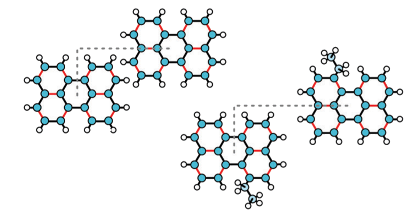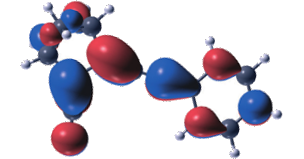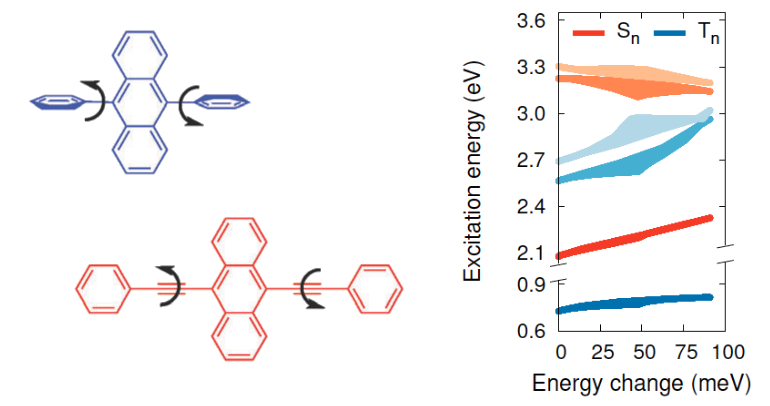A Record Chromophore Density in High-Entropy Liquids of Two Low-Melting Perylenes: A New Strategy for Liquid Chromophores
K. Kushwaha,
L. Yu,
K. Stranius,
S. K. Singh,
S. Hultmark,
M. N. Iqbal,
L. Eriksson,
E. Johnston,
P. Erhart,
C. Müller,
and
K. Börjesson
Advanced Science 6, 1801650
(2019)
doi: 10.1002/advs.201801650
Download PDF

Liquid chromophores constitute a rare but intriguing class of molecules that are in high demand for the design of luminescent inks, liquid semiconductors, and solar energy storage materials. The most common way to achieve liquid chromophores involves the introduction of long alkyl chains, which, however, significantly reduces the chromophore density. Here, we present a new strategy that allows one to prepare liquid chromophores with minimal increase in molecular weight, using the important class of perylenes as an example. We harness two synergistic effects: (1) the judicious positioning of short alkyl substituents, and (2) equimolar mixing, which in unison results in a liquid material. We synthesize a series of 1-alkyl perylene derivatives and find that short ethyl or butyl chains reduce the melting temperature from 278°C to as little as 70°C. Then, we utilize mixing of two low-melting derivatives, which results in materials that do not crystallize due to the increased configurational entropy of the system. As a result, we obtain liquid chromophores with the lowest reported molecular weight increase compared to the neat chromophore. The mixing strategy is readily applicable to other π-conjugated systems and, hence, promises to yield a wide range of low molecular weight liquid chromophores.



